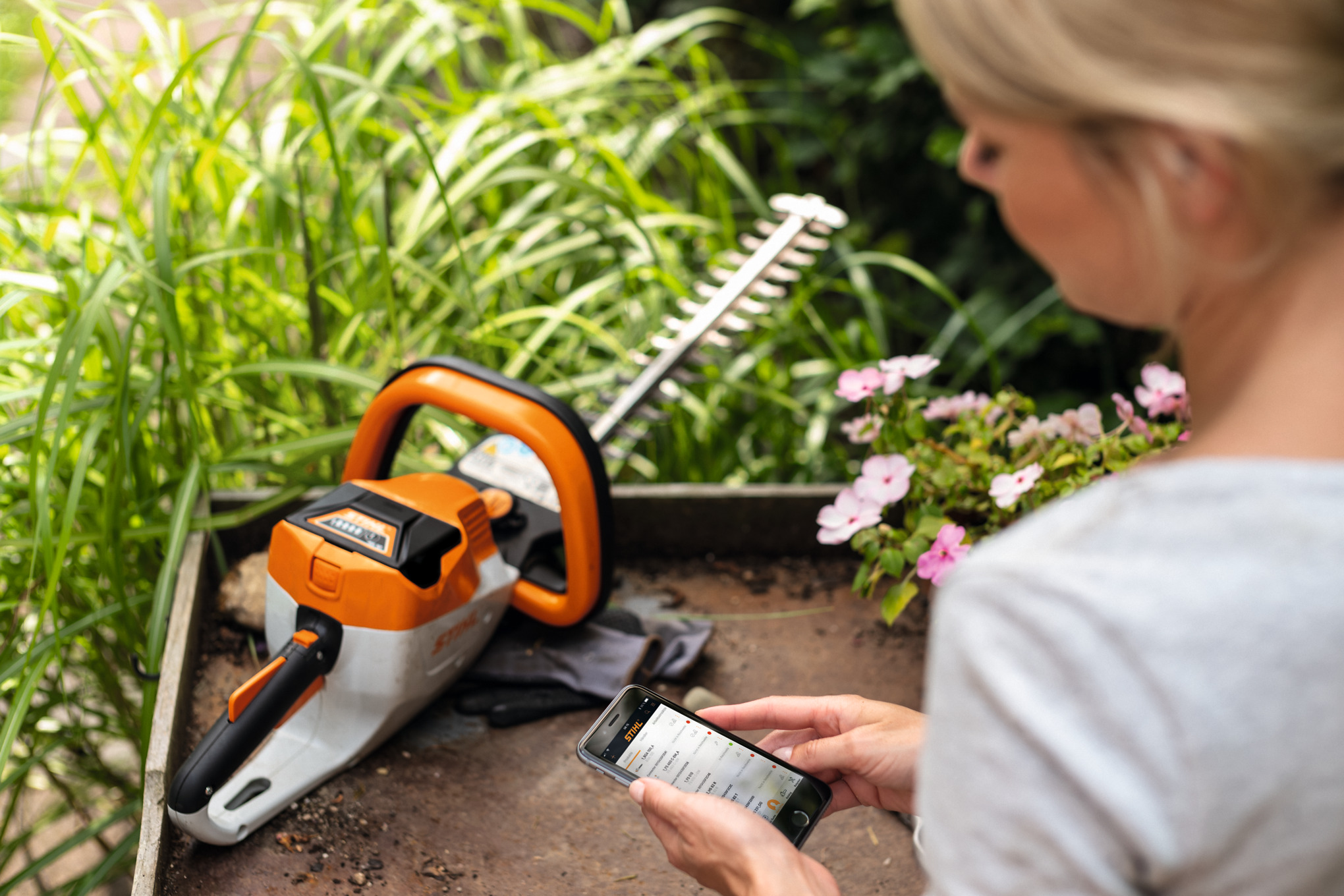Every gram counts. With good reason: the lighter a product is, the more comfortable it is for the customer to use. That’s why STIHL is always pushing the boundaries further when it comes to lightweight construction. The latest example is the STIHL MS 400 C-M, the world’s first chainsaw with magnesium piston technology.
Lighter is better. The less a product weighs, the easier it is for the user to work. A simple formula, but one that requires a great deal of work, time and knowledge behind it – including in the STIHL MS 400 C-M, the world’s first professional chainsaw with a magnesium piston. This weighs 20 grams less than an aluminum piston – corresponding to a weight reduction of 25% on this key component alone. At the same time it gives a 10% increase in performance and power-to-weight ratio, which is now at 1.45 kg/kW. For customers, that means a lighter but more powerful work tool.
“The aim was to close the gap between the MS 362 C-M and the MS 462 C-M,” explains project manager Jonas Lank. The new design includes lower exhaust emissions despite higher torque and more power. “Usually, a gain in comfort brings more weight. At STIHL it’s exactly the opposite.” In a professional saw, a good quarter of the components are made from steel, a further 25% from plastic or rubber, and a total of 40% from aluminum or magnesium. Using magnesium as a material also requires particular special knowledge. With its own magnesium die-casting plant in Weinsheim, STIHL has this expertise and is continuously researching which components of STIHL products can be made from the material. The accumulated knowledge is not only used internally but now also by external clients, for example from the automotive industry.

In the MS 400 C-M this was relevant to the piston, which was previously made of aluminum as standard. However, the decision to now use magnesium entails many additional development steps. “It is not possible to simply replace one material with another,” explains Jonas Lank. It’s true that installation, maintenance and repair are almost identical in both cases. However, when the saw is at full power these pistons are exposed to temperatures of over 300°C; to ensure that they can withstand such high stresses, are sufficiently robust and less susceptible to wear, the pistons have a special coating which has also been co-developed by STIHL.
The work of the developers in Waiblingen and Weinsheim goes even further still: Unlike aluminum, magnesium expands more under extreme temperatures, which affects neighboring components. The outcome the entire remaining design of the machine has been correspondingly optimized. Along with the internals, the software has also been further developed. The STIHL MS 400 C-M features the M-Tronic 3.0 engine management version. Fully electronic engine management was first installed in the STIHL MS 441 C-M in 2010. Using sensors and intelligent algorithms, the saw detects the local environmental properties and automatically adjusts settings such as ignition time and fuel quantity, so it can run continuously with optimal engine performance. Version 3.0 also offers the user the option of calibrating the machine themselves using a simple procedure. “All in all, this saw is absolutely state-of-the-art,” says Jonas Lank.





